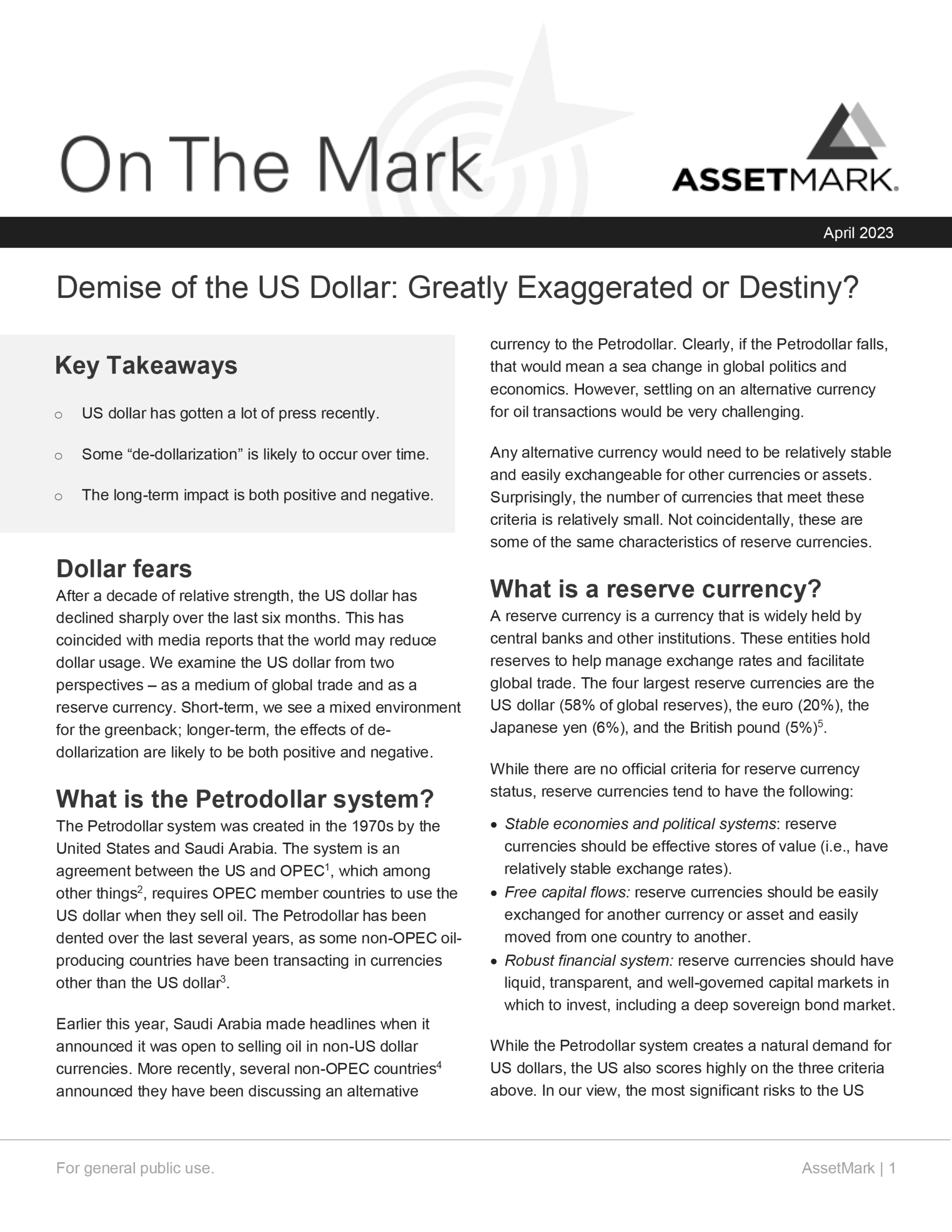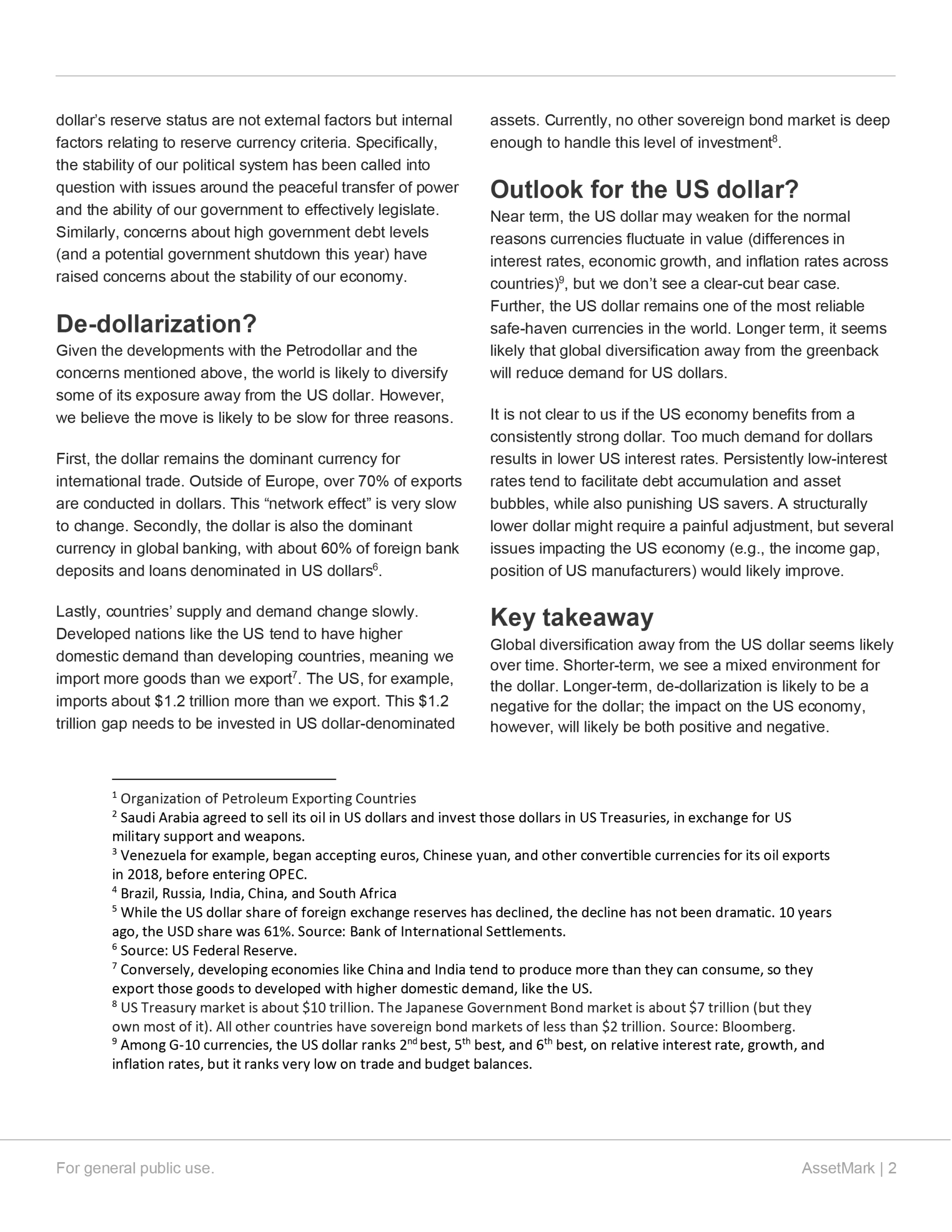Thrift Savings Plan Withdrawal Options – Part I
Over the last five years, there have been numerous changes to the Thrift Savings Plan (TSP) including TSP participant withdrawal options.
This is the first of four columns discussing the various withdrawal options for separated TSP participants.
Separated TSP participants include a civilian federal employee or a member of the uniformed services who has retired or left federal service or the uniformed services. Also included in the category of separated participants is a “beneficiary” participant who is a spousal beneficiary of a deceased federal employee/retiree or a deceased uniformed service participant who established a TSP account in his or her name.
These columns will present information about the TSP withdrawal process, the rules that govern withdrawals, and the tax implications of each withdrawal option.
With currently many federal employees and uniformed service members retiring in their late 50’s and early 60’s, the importance of having a good TSP withdrawal strategy cannot be overemphasized.
It is not unreasonable to assume that many of these individuals could live into their 80’s and 90’s, needing the income from their TSP account withdrawals to help pay their retirement expenses. With inflation expected to return to its normal average annual rate of 4 to 6 percent, separated and beneficiary TSP participants are advised to make sure that they do everything possible to maintain their TSP account throughout their retirement, a period that may last for as long as 30 to 40 years.
Questions to Ask Before Making TSP Withdrawals
To accomplish this goal of maintaining their TSP accounts, TSP participants should ask themselves the following questions before they decide to take distributions from their TSP accounts:
- When to start withdrawing from the TSP account?
- How much does the participant expect things will really cost them during retirement?
- Will the participant have enough retirement income to pay for all of his or her expenses during retirement?
- Will the participant need to provide income for any dependents/heirs from their federal retirement income?
- Will the participant be moving to an area in which expenses will be significantly higher or lower compared to where he or she lived before retiring?
Leaving Money in the TSP
Unless a TSP separated participant or a beneficiary participant is subject to required minimum distributions (RMDs) or has an account balance of less than $2,000, there are no requirements for a separated or beneficiary TSP participant to do anything with their TSP account. No distributions, rollovers, transfers or inter-fund transfers have to be paid. The TSP account will continue to accrue earnings. Click HERE to read more.








